Here’s the thing: the biggest music companies have been waiting for Spotify to finally roll out a pricier, feature-packed tier. The nickname floating around the industry was Supremium, but Spotify has settled on a different label: Premium Platinum.
It’s now being piloted across India, Indonesia, Saudi Arabia, South Africa and the UAE. And while Spotify avoids the Supremium branding, the product looks exactly like what the industry expected, a more expensive tier with lossless audio, AI tools and enough perks to nudge users up the price ladder.
Let’s break down what’s changing, what it means for subscribers and why this experiment matters far beyond five test markets.
A Three-Tier Shake-Up
Spotify is reshaping its subscription structure into three clear rungs: Lite, Standard and Platinum. For now, only new users in the pilot countries see these options, and current subscribers keep what they have unless they choose to switch.
The standout is Premium Platinum, priced aggressively high relative to current plans.
Take India as the clearest example:
- Old Individual Premium: ₹139 per month
- New Standard: ₹199 (a 43 percent jump)
- New Lite: stays ₹139
- Premium Platinum: ₹299 – more than double the old Individual price
Platinum unlocks lossless audio, AI DJ, AI Playlist, third-party DJ integration, mixing tools and familiar features like Jam and daylist. In some of these markets, Platinum also marks the debut of audiobooks.
A Spotify spokesperson said the company is reacting to how people actually use the platform:
“This is an evolution of our Premium subscriptions portfolio and reflects the engagement insights we’re seeing across our platform.”
The Music Industry Is Paying Close Attention
Major label chiefs – Universal’s Sir Lucian Grainge, Sony’s Rob Stringer and Warner’s Robert Kyncl, have long pushed for higher subscription pricing. Emerging markets are especially sensitive because average subscription revenue is far lower than in North America or Western Europe.
By rolling out a top-tier product in India and similar economies, Spotify is testing how far it can stretch pricing without losing users. If Platinum sticks, the revenue bump could be meaningful. If it doesn’t, Spotify learns before attempting a global rollout.
There’s another wrinkle: many features being paywalled under Platinum are still available to standard Premium subscribers in the US, UK and other established markets. For those countries, lossless audio has already begun rolling out without a separate fee.
This pilot suggests Spotify might eventually bundle its most coveted features under a more expensive global tier, a strategy that mirrors what we’ve seen in China. Tencent Music Entertainment’s SVIP membership, for example, surpassed 15 million users and drives five times the revenue of standard subscribers, according to the company.
Price Hikes, Disappearing Plans and a Bet on Emerging Markets
The pilot markets all share one thing: rapid streaming growth and low average revenue per user. They’re perfect environments for price experiments.
But Spotify isn’t just adding new tiers; it’s also removing familiar ones. Duo and Family have been shelved in all five markets. What used to be the standard Premium tier has been stripped down into Premium Lite for the same price.
Students are seeing higher monthly costs as well. In India, the Student plan jumped from ₹69 to ₹99. In Saudi Arabia, SAR 12.99 became SAR 15.99. The message is clear: Spotify wants new subscribers to pay more across the board.
A Spotify spokesperson declined to say whether the new structure will expand beyond these markets, offering only that the company has “nothing further to share” about future rollouts.
Inside the UAE’s New Pricing Ladder
The UAE’s updated lineup offers one of the clearest snapshots of the shift:
- Student: AED 12.99 → AED 15.99
- Individual/Lite: AED 23.99 (no change)
- Standard: AED 31.99
- Duo: discontinued
- Family: discontinued
- Platinum: AED 59.99
Platinum essentially becomes the only multi-user plan in the region, which is a bold way to push households into a higher bracket.
What This Pilot Really Tests
A few core questions sit underneath this entire strategy:
- Do users actually care about lossless audio?
- Will AI features meaningfully increase willingness to pay?
- How many people will tolerate the removal of Duo and Family?
- Can emerging markets support a pricing structure closer to Western levels?
This experiment is also happening after quiet price rises announced in August across the same markets, a sign that the pilot is part of a long-term plan rather than a sudden shift.
SVOD platforms like Netflix already use multi-tier pricing to stretch revenue across different consumer groups. Spotify is now taking that model for a spin.
Whether consumers adopt Premium Platinum or stick with Lite will tell Spotify how aggressively it can pursue its long-rumored global “Supremium” blueprint.
The next few months should reveal whether people value fidelity and AI enough to pay more, or whether they drift toward cheaper alternatives. Either way, this pilot will shape Spotify’s strategy far beyond India, South Africa, the UAE, Saudi Arabia and Indonesia.



